Smoky skies from wildfires can trigger anxiety or worry in children and youth, especially amidst evacuation alerts or orders. It can be hard to know how to communicate wildfire or evacuation information to children in a way that doesn’t cause them concern.
How to speak with kids about evacuations during wildfire season


Communication tips
These communication tips can help relieve the fears and worries of your children and young loved ones ahead of and during an evacuation.
1. Validate emotions
Your child might be saying they’re scared, worried, or stressed about smoke, wildfires, and evacuations. Caregivers should let kids know that their feelings are normal and make sense.
For teens and young adults who may not reveal as much about their emotions, watch for changes in their behaviours. For example, if they start to withdraw or become more irritable, this can be a sign they are struggling with something and are unsure how to seek help.
2. Be patient and empathetic
If you’re evacuated, kids might feel upset. Very young children might be sad to leave behind their favourite toy. Older kids might be upset about the disruptions, or a cancelled summer event.
Even if issues seem small to us, we must remember that these problems are big deals for our kids. Try not to minimize their losses, but instead, empathize with them. Reflect feelings back to them without judgement or criticism. Help distract younger children with their favourite activities.
3. Let them know they’re safe
Hope can be a powerful tool for children. It can be helpful to focus on explaining that the family has an established safety plan for urgent situations. Show them resources that are available to help, or even tell stories of other families in similar situations who were able to overcome the challenges with their own evacuations. Remind them that their family or caretakers love them and will keep them safe.
4. Share age-appropriate information
Your children may have seen or heard information about wildfires and evacuations. As a caregiver, it’s important to stay calm and present facts about the situation. It can end up being scarier for kids if they are left in the dark. Keep them updated in an age-appropriate manner. Presenting information or answering questions with composure will also be important.
For younger children, it’s best to share information that will only directly affect them. For example, you may not need to tell them that the entire neighbourhood has been affected, but you can inform them that they’ll be staying in an evacuation centre or missing some school. Very young children are largely focussed on their caregivers and families, which means they may not need to know much outside of the family changes.
You may want to consider limiting the family’s media intake during this time. Control what your kids are seeing and filter out any disturbing or frightening images. BC Children’s Hospital recommends trying to make sure the TV is off around them because they might misunderstand the news.
5. Answer questions
Kids of all ages will wonder when it’s safe to go home. Be honest. It’s okay to say you don’t know but that you will keep them informed as you learn more. This will help ease them and stop their minds from wondering.
Although, you may know your children very well, try not to assume they’re nervous about what you think they’re nervous about. Be curious and ask questions to understand their experiences and thoughts about the situation.
6. Keep a routine
Try to maintain a child’s routine to the best you can. This will help regulate them in unusual times. Predictability can also help them feel in control of their day-to-day life. Keep the same bedtime routine and try and incorporate as many at home comforts as possible. Letting the kids get involved in some way may make them feel like they have an impact and some control as well. It can be comforting to know that even when many things are changing, there will always be some things that stay the same.
Caregivers’ self-care
Staying strong to support your family can be hard. Don’t forget you matter, too, as do your health and well-being. Caring for yourself is a form of caring for your family.
- Make sure you take good physical care of yourself. This can include eating well, sleeping well, getting exercise, and receiving proper medical care.
- Listen to each other. Caregivers can offer each other support during evacuations.
- Put off major decisions. Avoid making any unnecessary life-altering decisions during this stressful period.
- Give yourself a break. If you’re returning home from an evacuation, try not to overdo clean-up activities, such as lifting heavy items or working for extended periods of time. Using moderation when doing such work can reduce injury.
When to seek help
When children are struggling with worry, anxiety, sleep or schoolwork, or they’re sad and tearful all the time, it may be time to see a health-care professional for an assessment.
Lastly, caring for kids during already stressful situations can be very difficult and you may need to seek some additional supports from family and friends, or a health-care professional for yourself as well. There are services and staff who are available to help, and who care about you.
Resources
- Children and climate change anxiety: When wildfire smoke rolls in (Kelty Mental Health)
- How to Talk to Your Kids about Traumatic Events (Kelty Mental Health)
- Where You Are - No Shortage of Questions: Talking With Your Child About Scary News and World Events
- How to help your child cope with eco-anxiety (Mental Health Commission of Canada)
- Educating Youth About Wildfire Mitigation and Prevention Cultural Burning and Prescribed Fire (FireSmart BC)
- Fort McMurray wildfire: How to talk to your kids about evacuations, uncertainty (Global News)
- MyHEARTSMAP – A digital tool that will help families, children and youth self-assess their mental health needs (BC Children’s Hospital)
- Kelty Mental Health, Foundry and Anxiety Canada – Information, services and resources for families, children and youth
- Talking Back to OCD – This book has principles that can be applied to different anxiety disorders
Other stories in this series
Get more stories like this
Sign up to receive the Stories@IH email digest twice a week to your inbox.


Helping others navigate through some of the trials and tribulations of life is at the heart of Thandazani Mhlanga’s work as spiritual health practitioner at CMH
/stories/we-are-ih-spiritual-health-practitioner-encourages-connection
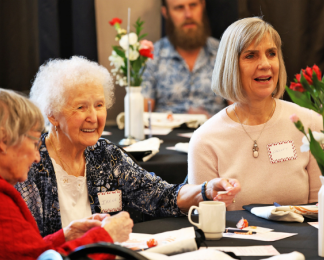
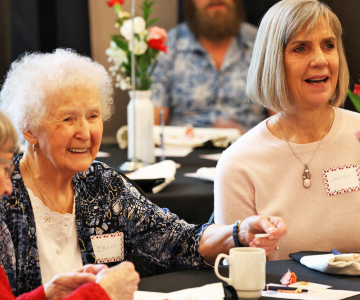
Every 30 minutes, one older adult in B.C. is hospitalized for fall-related injuries. But falls aren't an inevitable part of aging, & many falls are preventable.
/stories/preventing-falls-could-save-older-adults-life


Canada's Top 100 Employers recognizes organizations that lead their industries in offering exceptional workplaces for employees. Find out why IH was chosen.
/stories/interior-health-named-one-canadas-top-100-employers-2025


Let’s meet some NPs who are providing patient focused, compassionate care, that improves the health and well-being of patients in the communities they serve.
/stories/we-are-ih-nurse-practitioners-positively-impact-patients-lives

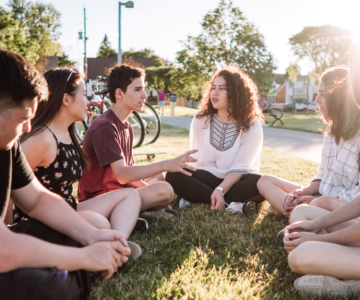
The Interior Health (IH) Legal Substances Team and the YOUTHWISE Advisory Group are excited to launch IH’s annual youth poster contest
/stories/contest-seeks-youth-views-tobacco-cannabis-vaping-alcohol
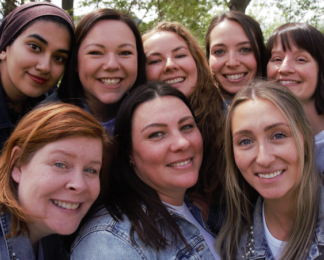
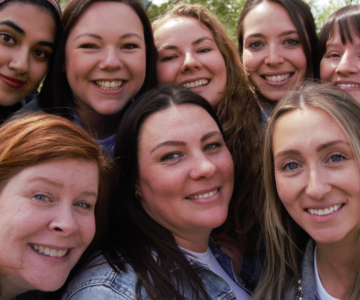
Created out of a desire to provide practical content to new nurses, the New to Nursing podcast aims to empower graduates transitioning out of the classroom.
/stories/new-nursing-podcast-offers-advice-stories-expert-insights
STAY CONNECTED
Receive news and alert posts, and Stories@IH blog posts, right to your inbox!
